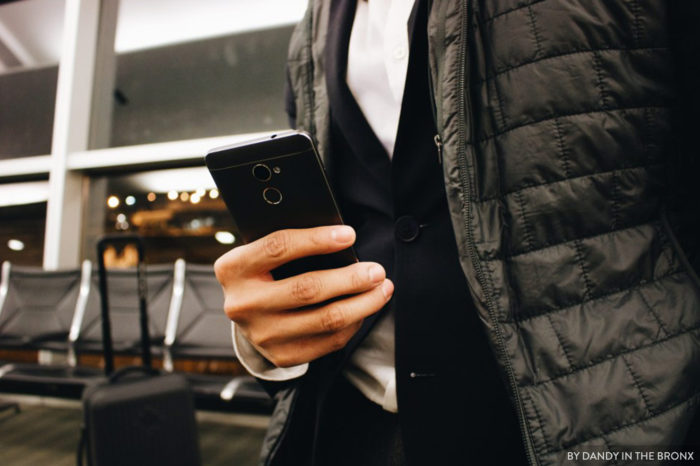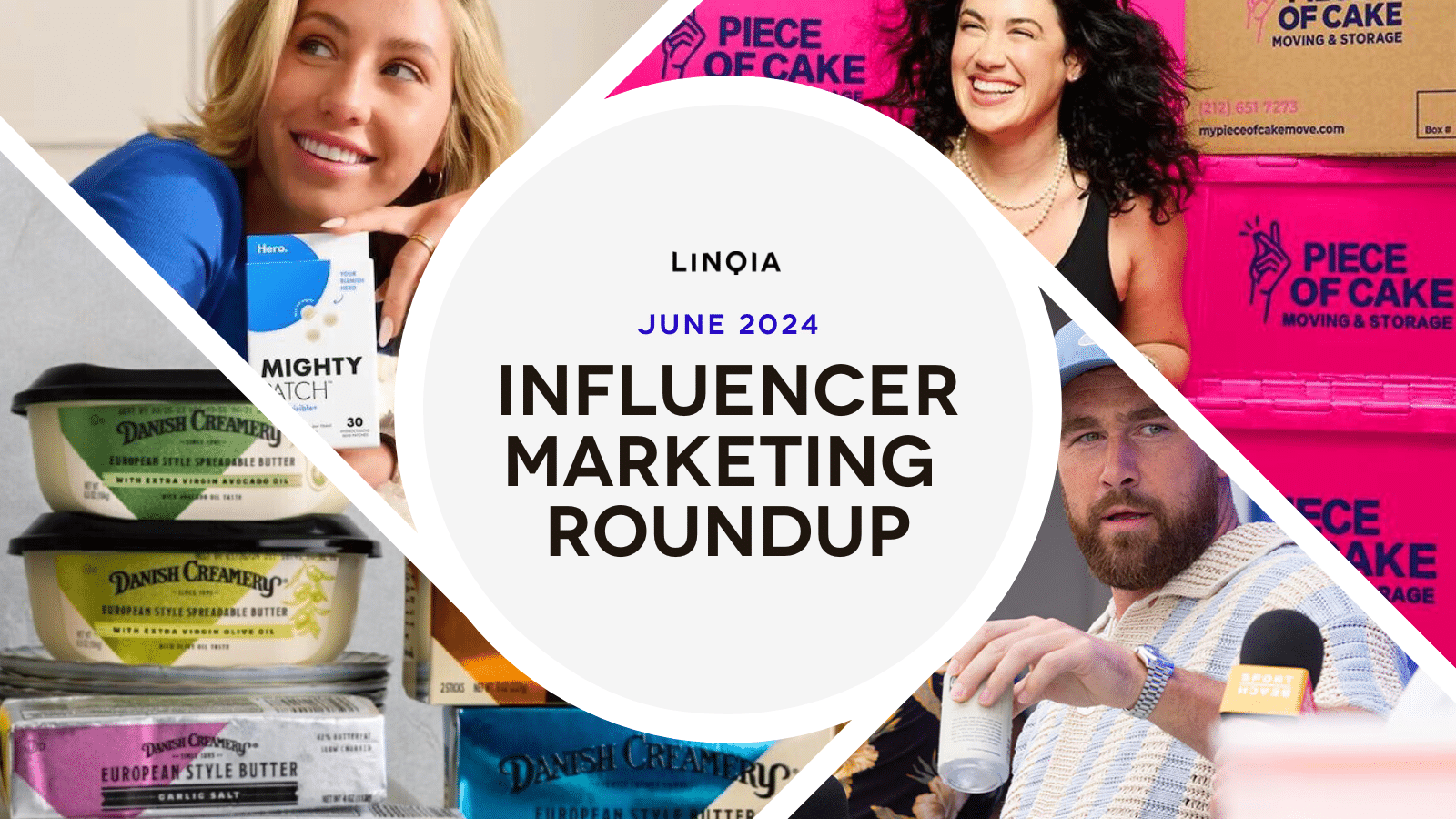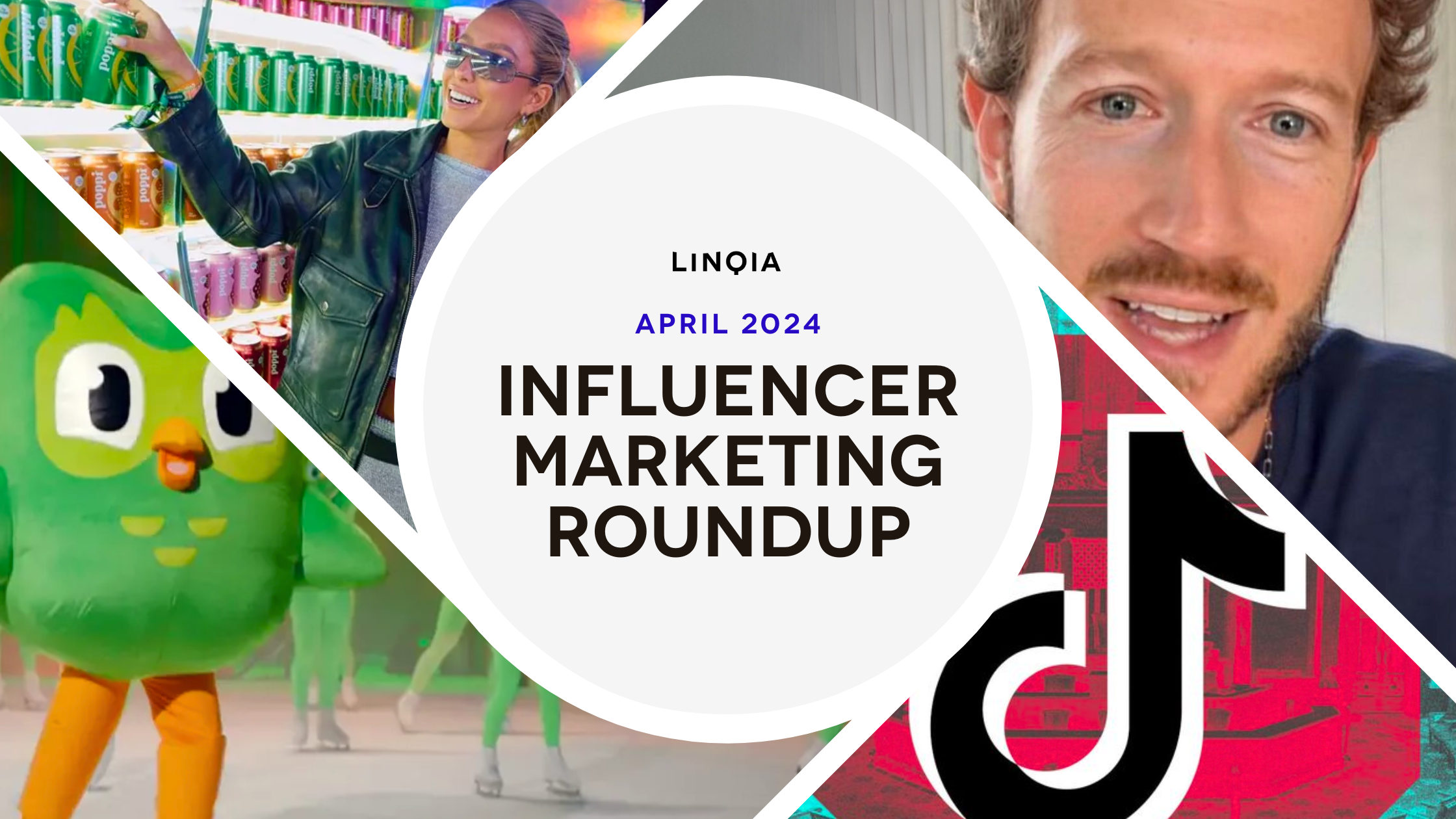This post was originally published in Business 2 Community.
Consumers are increasingly wary of advertisements, leaving marketers scrambling to find new ways to capture, and hold, their attention. As a result, influencer marketing is on the rise, enabling marketers to circumvent ad blockers and reach consumers through the voices they trust most – their peers.
But how many marketers are using influencer marketing? Is it a hot fad or a strategic marketing channel? Does it really work? Here’s a compilation of influencer marketing stats that you need to know so you can use them to inform your influencer marketing strategy in 2017.
THE EVOLVING MEDIA CONSUMPTION LANDSCAPE
- 1 in 4 households were cable free in 2016 and approximately 86.6 million people will use an ad blocker in 2017. (Sources: Gfk, The Home Technology Monitor™, July 2016 and eMarketer, US Ad Blocking to Jump by Double Digits This Year, June 2016)
- 26.3% of internet users in the US used an ad blocker in 2016. (Source: eMarketer, US Ad Blocking to Jump by Double Digits This Year, June 2016)
- Researchers predict $35 billion in ad revenue will be lost to ad blocking by 2020. (Source: Ovum, Ad-Blocking Forecast Report: 2015–2020, 2016)
- 83% of consumers take action because of trusted recommendations. (Source: Nielsen, Global Trust in Advertising Report, 2015)
THE ADOPTION AND GROWTH OF INFLUENCER MARKETING
- Influencer marketing and content marketing are projected to be the fastest growing brand activation channels through 2020. (Source: The Association of National Advertisers (ANA), U.S. Brand Activation Marketing Forecast (2016-2020): Key Findings Report, April 2016)
- 86% of marketers used influencer marketing in 2016, 94% of whom found it to be effective. (Source: Linqia, The State of Influencer Marketing 2017, December 2016)
- 92% of consumers trust an influencer more than an advertisement or traditional celebrity endorsement. (Source: MuseFind, Influencer Marketing Latest Trends & Best Practices to Increase Your ROI, 2016)
- Nearly 40% of Twitter users say they’ve made a purchase as a direct result of a Tweet from an influencer. (Source: Twitter, The Value of Influencers on Twitter, May 2016)
- 86% of marketers today use influencer marketing to fuel their content marketing strategies, 88.5% of whom find the influencer content valuable. (Source: Linqia, The Value of Influencer Content 2017, April 2017)
- 70% of internet users want to learn about a product through content rather than through traditional advertising. (Source: MDG Advertising, The Shift to Native Advertising in Marketing, April 2015)
- 90% of Millennials value the opinions of their friends, parents, and online experts over traditional media and advertising, with 33% relying mostly on blogs before they make a purchase. (Source: Millennial Branding, The Millennial Consumer Study, January 2015)
THE STRATEGY BEHIND INFLUENCER MARKETING
- Creating authentic content about their brand is the number one reason marketers use influencer marketing (89%). (Source: Linqia, The State of Influencer Marketing 2017, December 2016)
- 31% of all referral traffic comes from social media (Facebook accounts for 25% of it), making social media #1 driver of all website referral traffic. (Source: Shareaholic, Social Media Traffic Report, January 2015)
- Nearly 50% of marketers consider influencer blogs the third most important social channel for their influencer marketing strategy. (Source: Linqia, The State of Influencer Marketing 2017, December 2016)
- 72% of searches result in a page one organic click, placing significant value on the SEO benefits of long-form blog posts and videos. (Source: Moz, Google Organic Click-Through Rates in 2014, October 2014)
- 66% of marketers repurpose influencer content in other marketing initiatives, including email marketing, website and product pages, and paid and organic social channels. (Source: Linqia, The Value of Influencer Content 2017, April 2017)
- Social campaigns that incorporate user-generated content (UGC) see a 50% lift in engagement. (Source: Salesforce, User-Generated Content is Transforming B2C Marketing—Are You Ready?, February 2016)
THE COST OF INFLUENCER MARKETING
- 48% of marketers planning to increase their influencer marketing budgets in 2017, compared to only 4% who plan to decrease it. (Source: Linqia, The State of Influencer Marketing 2017, December 2016)
- 68% of marketers pay per post, making it the most common pricing model for influencer marketing. (Source: eMarketer, Influencer Marketing for US Brands, February 2016)
- 42% of influencers charge brands between $200 and $500, on average, per branded blog post. (Source: GroupHigh, Compensating Influencers While Maintaining Consumer Trust, August 2015)
- 38-40% of marketers work with influencer marketing companies that provide all influencer assets as part of the program spend for an additional fee. (Source: Linqia, The Value of Influencer Content 2017, April 2017)
THE CHALLENGES OF INFLUENCER MARKETING
- 78% of marketers cite measuring the ROI of influencer marketing as their top challenge for 2017, resulting in a gain in traction for performance-based influencer marketing pricing models. (Source: Linqia, The State of Influencer Marketing 2017, December 2016)
- 83% of influencers feel brand feedback is important, yet 84% of brands provide feedback less than 20% of the time to influencers. (Source: iBlog Magazine, 2016 Women’s Influencer Industry and Business Report, August 2016)
- 59% of marketers struggle with approaching and engaging potential influencers. (Source: eConsultancy, The Rise of Influencers, January 2016)
- 72% of influencers think they aren’t compensated enough for their services. (Source: TapInfluence, Influencer Marketing Manifesto, July 2016)
- Only 55% of marketers report that they know what the most recent disclosure guidelines are, despite 88% stating that they require that influencers disclose sponsored content to comply with FTC regulations. (Source: Linqia, The State of Influencer Marketing 2017, December 2016)
THE PERFORMANCE OF INFLUENCER MARKETING PROGRAMS
- Marketers that implemented influencer marketing programs earned an average of $6.85 in media value for every $1 they spent on paid media. (Source: Social PR Chat, PR Under the Influence: Why Influencer Marketing is all the Buzz, January 2016)
- 57% of marketers found that influencer content performs better than professionally produced assets. (Source: Linqia, The State of Influencer Marketing 2017, December 2016)
- Influencer content generates 11X the ROI of traditional digital campaigns. (Source: TapInfluence, Influencer Marketing Drives 11X More ROI, April 2016)
- 50% of marketers report that cost-per-click (CPC) and cost-per-engagement (CPE) pricing models are the most effective for driving results. (Source: Linqia, The State of Influencer Marketing 2017, December 2016)
Influencer marketing isn’t going away. In fact, it’s only getting more popular. Marketers are increasing their influencer marketing budgets as programs continue to prove their ability to reach and inspire consumers to take action. Looking forward, marketers can measure the ROI of their influencer marketing efforts by structuring their programs to align with the brand’s goals, whether it be engagement, sign-ups, conversions, or sales.
Influencer marketing will remain a valuable part of the overall media mix as marketers realize that the cost efficiency and proven performance of influencer content enables them to increase their investment in content that’s proven to drive results.




